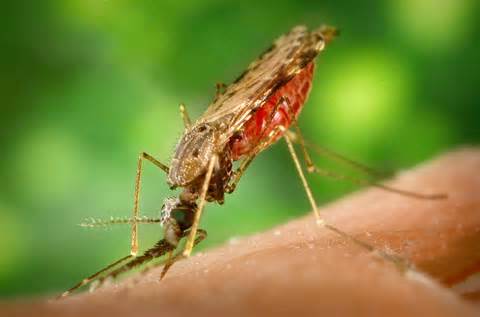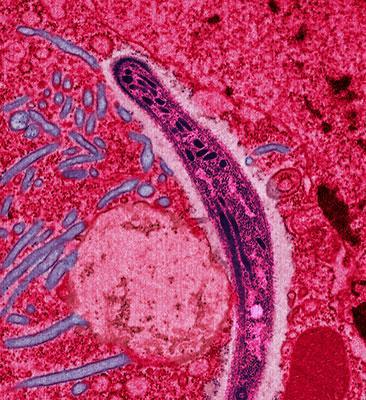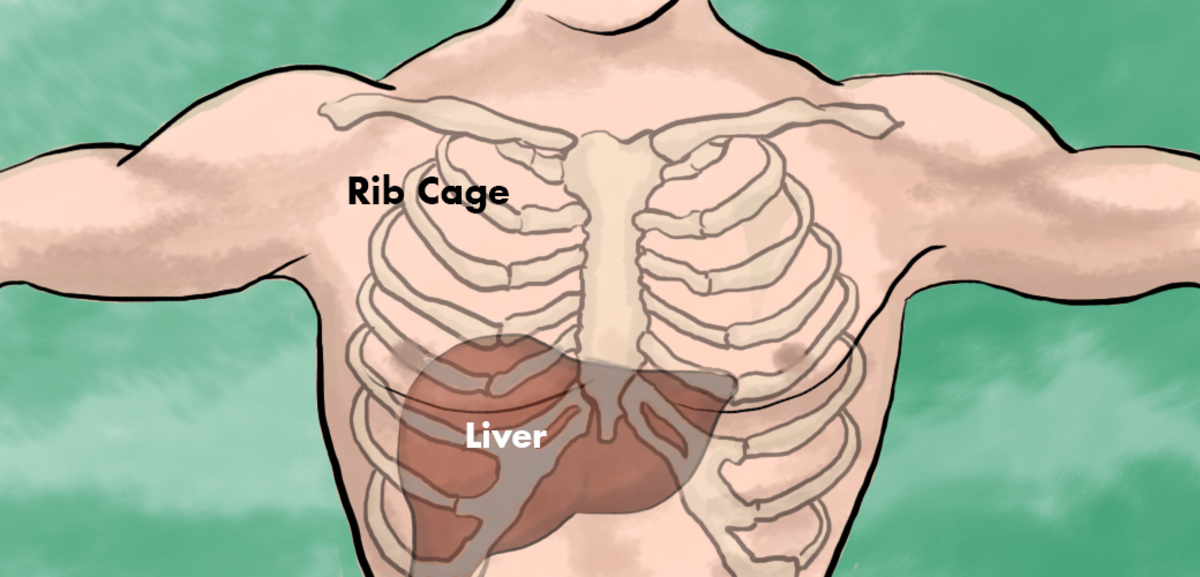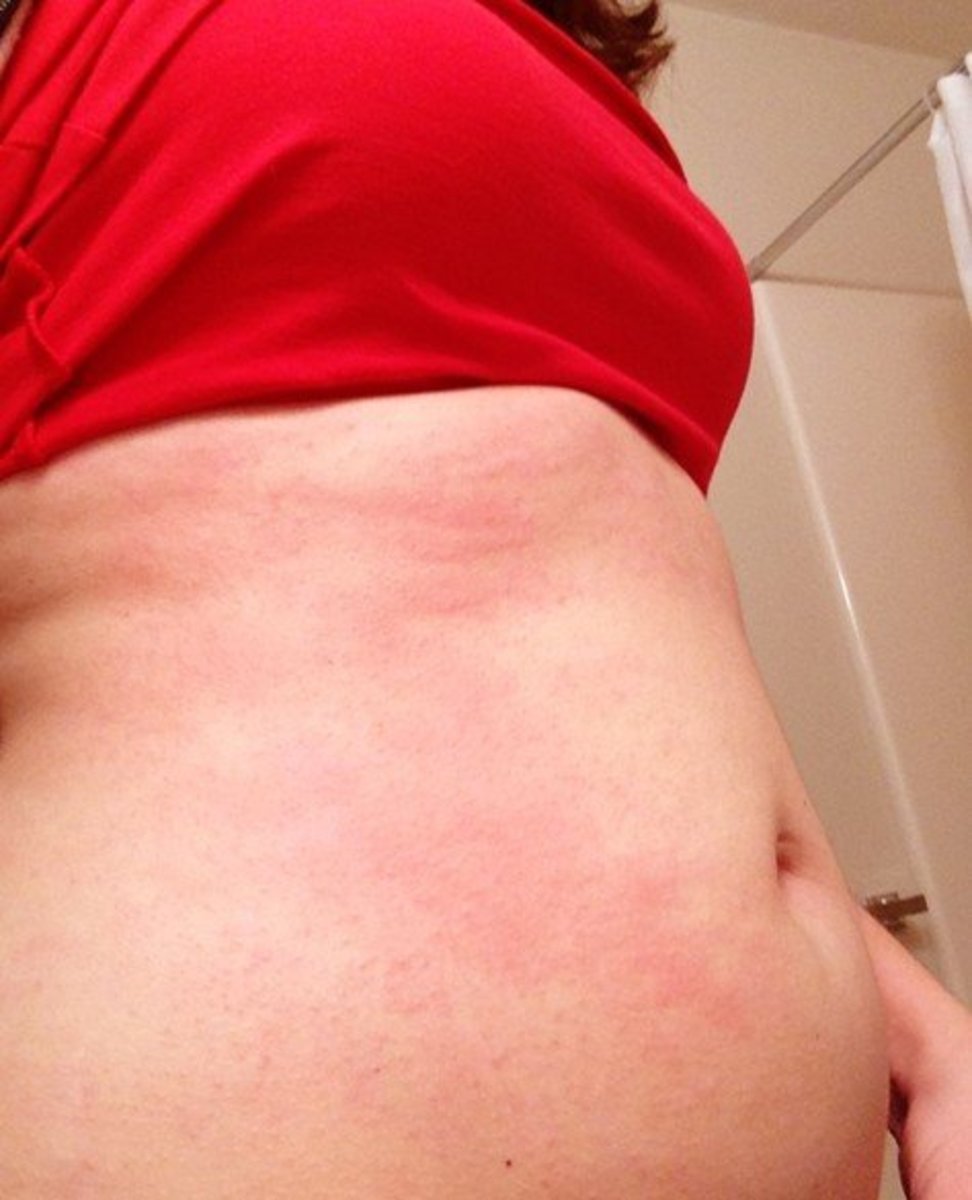The Greatest Killer
The figure of half a billion are the results of an independent study; the World Health Organization (WHO) in 2010 estimates 219 million patients. The over a million deaths are from a 2012 study in the Lancet; WHO estimates somewhat under 700,000 deaths. Whatever the numbers are, they are downright scary. The Lancet study actually found that malarial deaths had gone up between 1990 and 2010! An indication of things getting worse rather than better. It helps put things in perspective when we realize that WHO's coordinator for its global malaria program, Richard Cibulskis, admits that a staggering 90% of all malaria cases probably go unreported!
Killer Number 1
Malaria is a vector borne disease that afflicts some half a billion people worldwide every single year and is the most common killer disease in the world. Every year, well over a million people, most of them children under the age of fifteen and most of them living in sub-Saharan Africa, lose their lives to malaria. In those countries where malaria remains endemic, all poor countries, the disease constitutes a very serious public health issue; often, it is the major public health issue.
Malaria Vector: Female Anopheles Mosquito

Infection
The infective agent is the protozoan parasite plasmodium, which enters the blood stream of the infected person through the agency of the vector, in this case female mosquitoes, most commonly, the female anopheles mosquito. Five strains of plasmodium are of concern as they are the ones that most commonly bring about the disease in humans: falciparum, vivax, ovale, malariae and knowlesi. Of these, the most common, as well as the most destructive is plasmodium falciparum which accounts for over 80% of malaria cases worldwide as well as for well over 90% of all resultant deaths.
Plasmodium falciparum infecting

Patients infected with Plasmodium vivax or ovale have fevers that recur about every two day whilst those infected with Plasmodium falciparum usually have fevers that recur every 36 to 48 hours.
Alternatively, falciparum infection may not result in a recurring fever; rather the patient suffers from a less intense but continuous fever.
Symptoms
Common symptoms of the disease include fever, chills, pains in the joints, anemia, convulsions, retinal damage and the presence of blood in the urine, a condition known as hemoglobinuria. Patients display cyclical occurrence of cold/chills combined with the retraction of the skin, interspersed with fevers which can last between 4 – 6 hours, the cycles recurring at varying intervals depending on the strain with which the patient is infected.

Diagnosis
Diagnosis should commonly be by means of a microscopic analysis of the patients blood sample, although there are ongoing tests to determine the efficacy of less intrusive methods such as urinalysis or saliva analysis to determine the presence or otherwise of the causative parasite. However, this diagnostic scenario does not in fact represent the true situation.
Those areas where the disease is endemic also constitute some of the poorest areas on the planet and the cost of analyzing a blood sample, a simple enough procedure, can too often be simply too prohibitive. Diagnosis, then, is often by rule of thumb: all feverish symptoms are diagnosed first as malaria and treated accordingly; where the treatment fails to take, then further investigation is indicated.
Cerebral Malaria
Cerebral malaria is the deadliest complication of this already deadly disease and is a result of the parasite attacking the central nervous system directly. The reasons why this may occur are not fully known, but the disease can proceed from a (relatively) mild form to this deadly state in a matter of hours. Symptoms include an inability to coordinate movements, seizures; paralysis on a side of the body, coma and eventually death. The entire scenario can be over and done with in a matter of a few hours!
Cerebral malaria is especially dangerous to younger patients, as indeed are almost all diseases. Between 10 - 20% of surviving children develop long-term cognitive defects such as memory impairment, psychiatric disorders, visual and motor disorders, amongst others.
Treatment
There is no vaccine for malaria, although there is ongoing work to try to produce a suitable vaccine and some test runs of potential vaccines have shown some promise. However, one should not hold one’s breath in expectation in this area.
Drug therapy, modern drugs as well as a variety of herbal remedies of varying efficacy developed by locals in areas where the disease is endemic, is the standard mode of treatment. Quinine, introduced into Europe from Peru, where it had long been used by natives for malaria control, by the Jesuits was the first anti-malarial used widely across borders. Following the development of such drugs as chloroquine, the use of quinine has reduced drastically, although it is used in severe cases of the disease such as cerebral malaria.
For a long time, chloroquine, comparatively cheap, remained the gold standard in malaria treatment and it did sterling work for generations of sufferers. More recently, however, the falciparum strain has shown increasing resistance to the drug and, in many areas where the strain is endemic, the value of chloroquine as an anti-malarial has diminished significantly, sometimes drastically. Concerning as this development is of itself, it is made worse because it has been noticed that as strains develop a resistance to chloroquine, they simultaneously become less sensitive to drugs such as amodiaauine and even quinine. This situation has required a feverish search for new therapies.
In recent times, a new gold standard in malaria treatment has emerged, supported by the World Health Organization (WHO), for use in those areas where chloroquine resistance exists. Artemisin-based combination therapy, or ACT, combines artesunate, i.e. artemisin derived from the plant Artemisia annua or one of its synthetic derivatives, with drugs such as amodiaquine; such combinations are now used as first line treatment for the disease.
But, as in most things in life, the choice of the combination therapy usually boils down to money using artemisin in an uncombined form is actually more efficacious with success rates in treatment of over 90% but cost considerations, in this case brought about by shortages of natural and synthetic artemisin, require the combined approach. The problem, of course, is that the potential beneficiaries of artemisin are amongst the poorest people in the world and, purely from an economics view, it’s simply not worth the time of the large pharmaceutical corporations to pump money into development or production of a drug for people who have no money to spend.
Then, of course, as chloroquine has shown, there is always the possibility of the parasite developing resistance. But, there’s no point troubling trouble; for the now, the therapy works.
Treated nets have a role to play

Prevention
As there is no available vaccine for the disease, prevention is by other means. The best method of prevention must be to make it difficult or impossible for the vector to get into contact with humans. Thus the destruction of mosquito habitats by such means as swamp drainage or spraying those habitats with an appropriate insecticide goes a long way to reduce the incidence of the disease. These methods have been used successfully in those parts of Europe and North America where the disease was formerly endemic and have played an important part in many areas where the disease still has a strong hold. But, as always, finance is a problem, along with others such as corruption and a lack of proper education.
There are drugs that can help build immunity to the disease and people from areas where the disease is non-endemic should start therapy before going to such areas and continue such therapy after they leave in accordance with the advise of a physician. For those who reside permanently in endemic areas the therapy is an on-going one; there is no permanent immunity to the disease. Indeed, to start off on therapy and then leave off could be more dangerous than not starting off at all as the drug regimen would have deprived one of what natural immunity the body had built up and expose one to potentially more virulent attacks of the disease.
Mosquito nets have been used for centuries to keep the pesky things away, especially when sleeping. These days, nets are available that come treated with insecticides which keeps the mosquitoes even farther away. Between 2000 and 2008, it is estimated that about a quarter of a million children were saved through the use of insecticide treated nets. Aerosol-packed insecticides are also commonly used in homes throughout endemic areas. A problem with the use of insecticides, both as used in the home (treated nets and aerosols) and in the wider community (habitat degradation) is the possibility that the insects will develop resistance to the agents used, just as the parasite that they spread has developed resistance to certain drugs, thereby requiring increasingly stronger agents with all the attendant problems associated with the use of increasingly stronger insecticides.
Name of Country
| Deaths per 100,000 of population
|
|---|---|
Angola
| 56.93
|
Burkina Faso
| 50.66
|
Liberia
| 43.14
|
Democratic Republic of Congo
| 31.67
|
Sierra Leone
| 30.44
|
Top 5 malarial countries in terms of deaths per 100,000 of the population.
Data from WHO 2010 World Malaria Report



